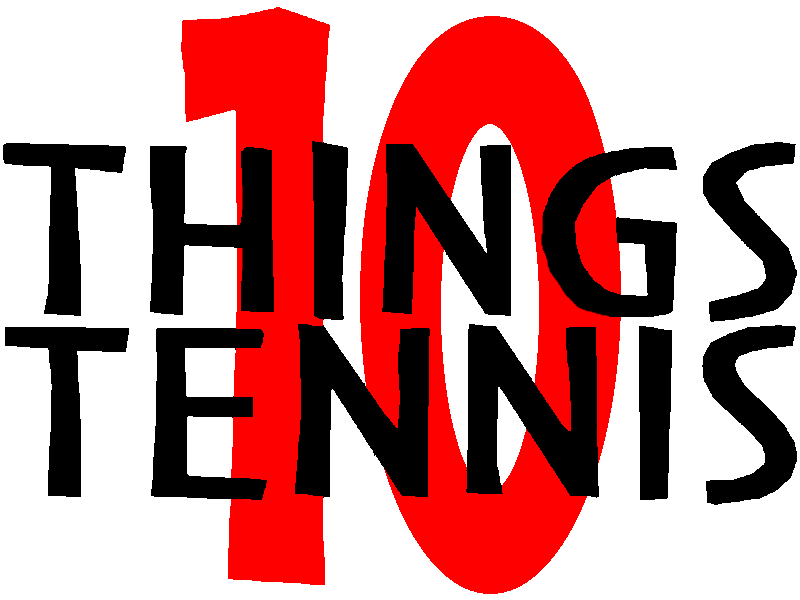Listed below are 10 resolutions or commitments applicable and beneficial for every tennis player.
I promise to…
- Show respect to my opponents by giving 100% of my effort and focus every match, acknowledging their good shots, points, games and matches and accepting their line calls and decisions for which they are responsible for on their side of the court.
- Acknowledge my position on the court and not try to hit winners when hitting from a neutral or defensive position. Be prudent and smart and hit with high margin to big targets when defending from a disadvantaged position.
- Eliminate or reduce “bad” unforced errors particularly balls hit into the net.
- Run down every ball, making every effort to get a racquet on each ball.
- Hit my intended service targets, get at least 70% of my first serves in play and develop a reliable, functionally sound, heavy second serve that I can get in all the time (or at least 95% of the time).
- Raise my shot threshold to be able to extend the rally as long as necessary to win the point.
- Be bold and decisive when presented with an opportunity from an advantageous position to finish the point.
- Acknowledge and implement a plan to improve my weaknesses including a commitment to potentially sacrifice results as necessary to effectuate more long-term gain.
- Look for every opportunity to play.
- Embrace the fun aspects of tennis including the comradeship and shared experiences with friends, joy of hitting, variety of different and creative things you can do with the ball, challenge of competition versus players with diverse strengths, weaknesses, playing styles and personalities, playing at different sites and venues with different playing surfaces and conditions, complex coordination, movement, strength and endurance requirements of the sport, unpredictability and variability of point length and match times and thought process and skill required to construct points and develop and execute a strategic game plan.
Happy New Year!
